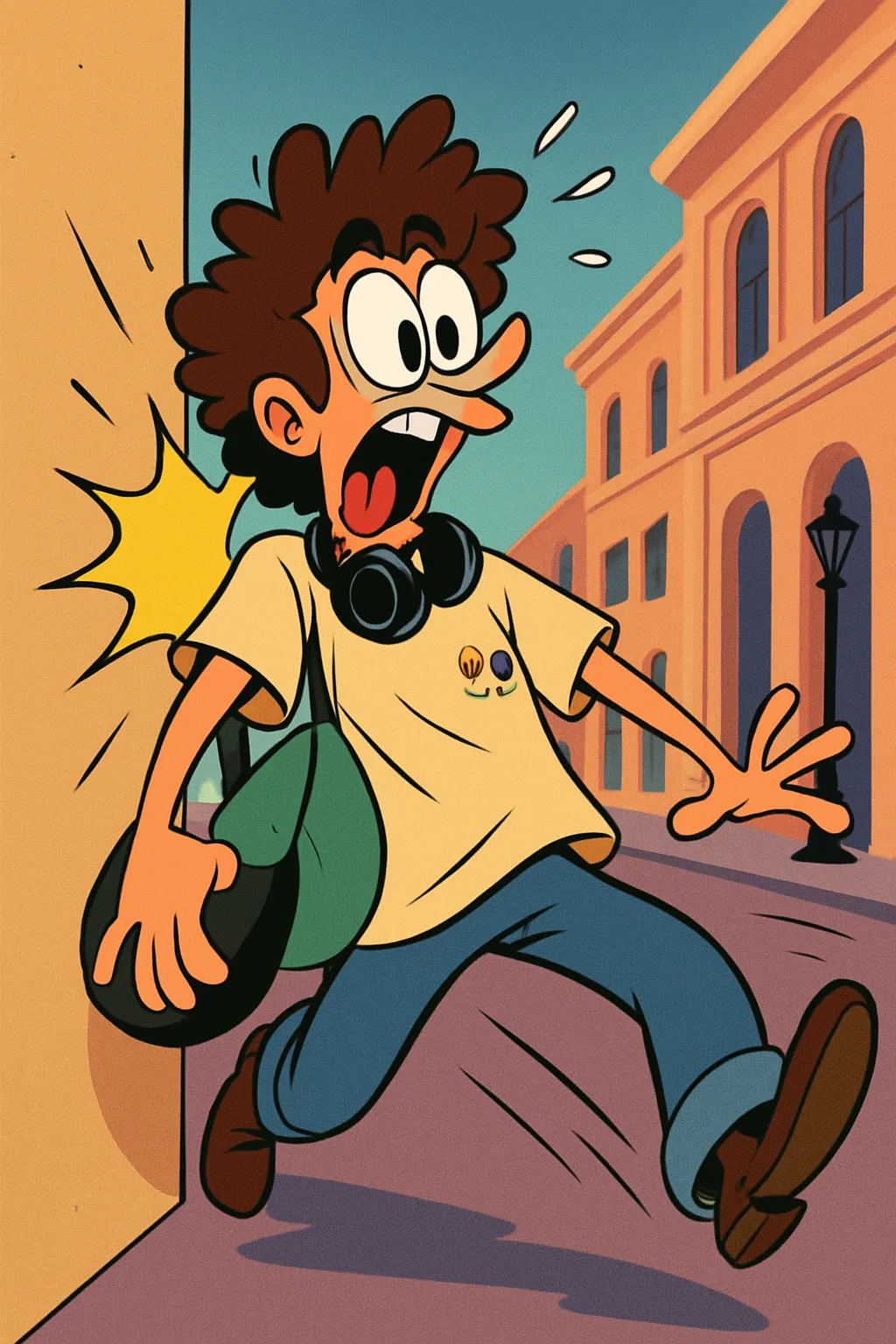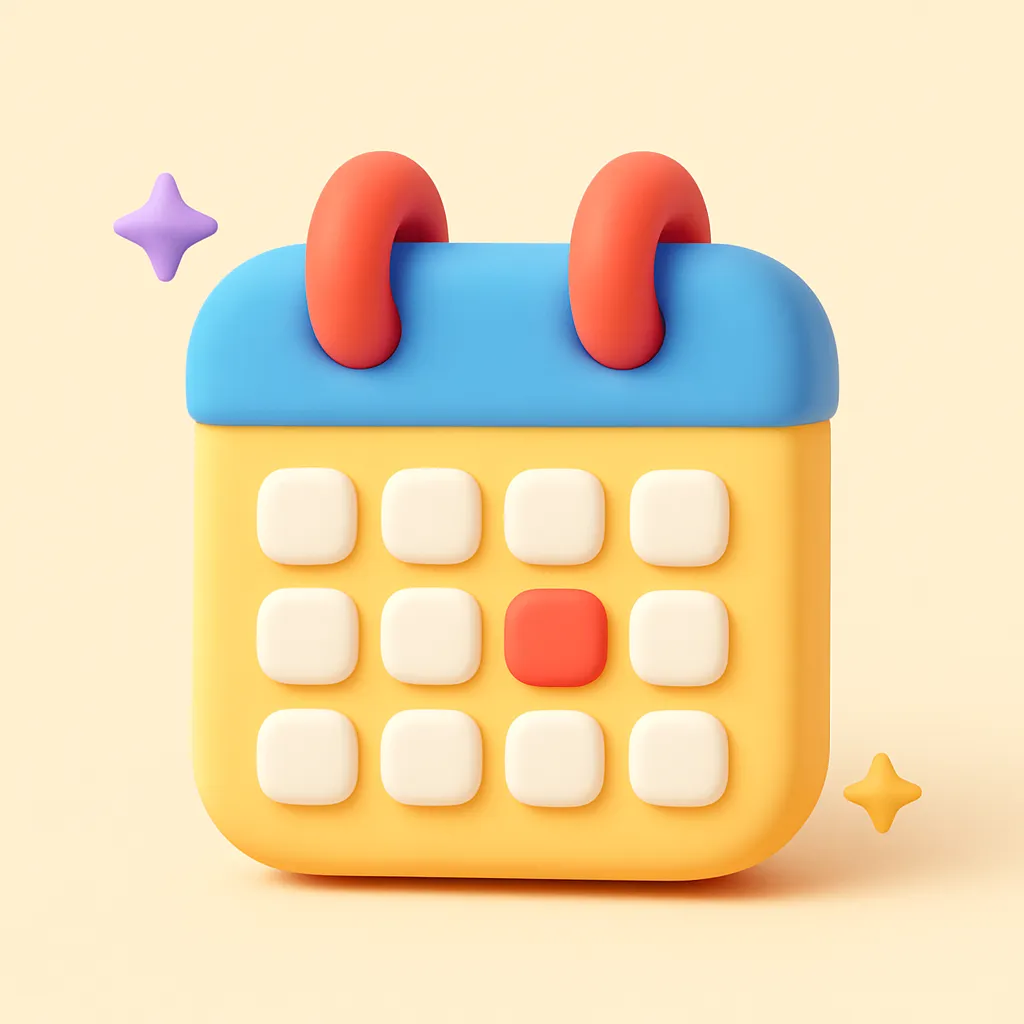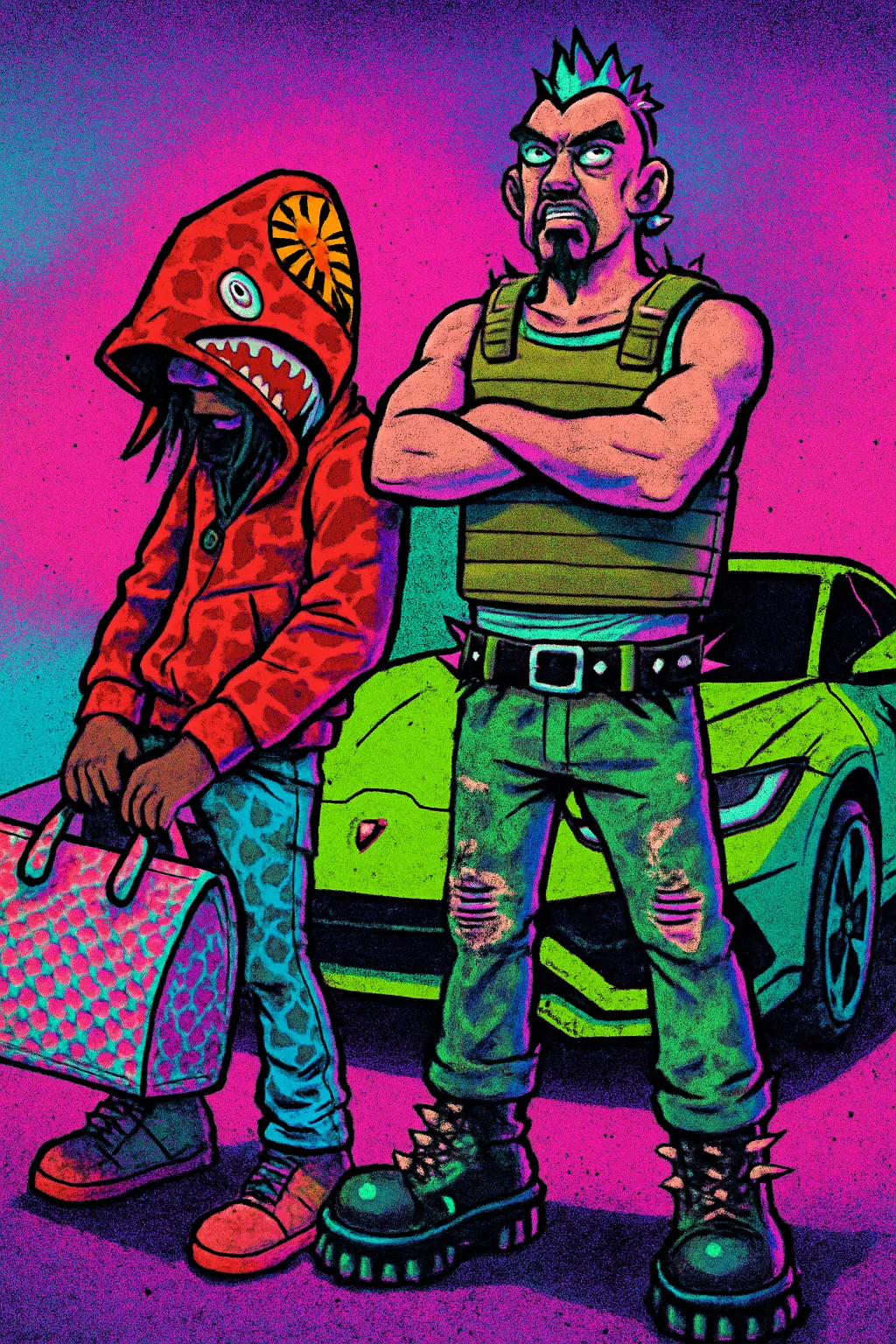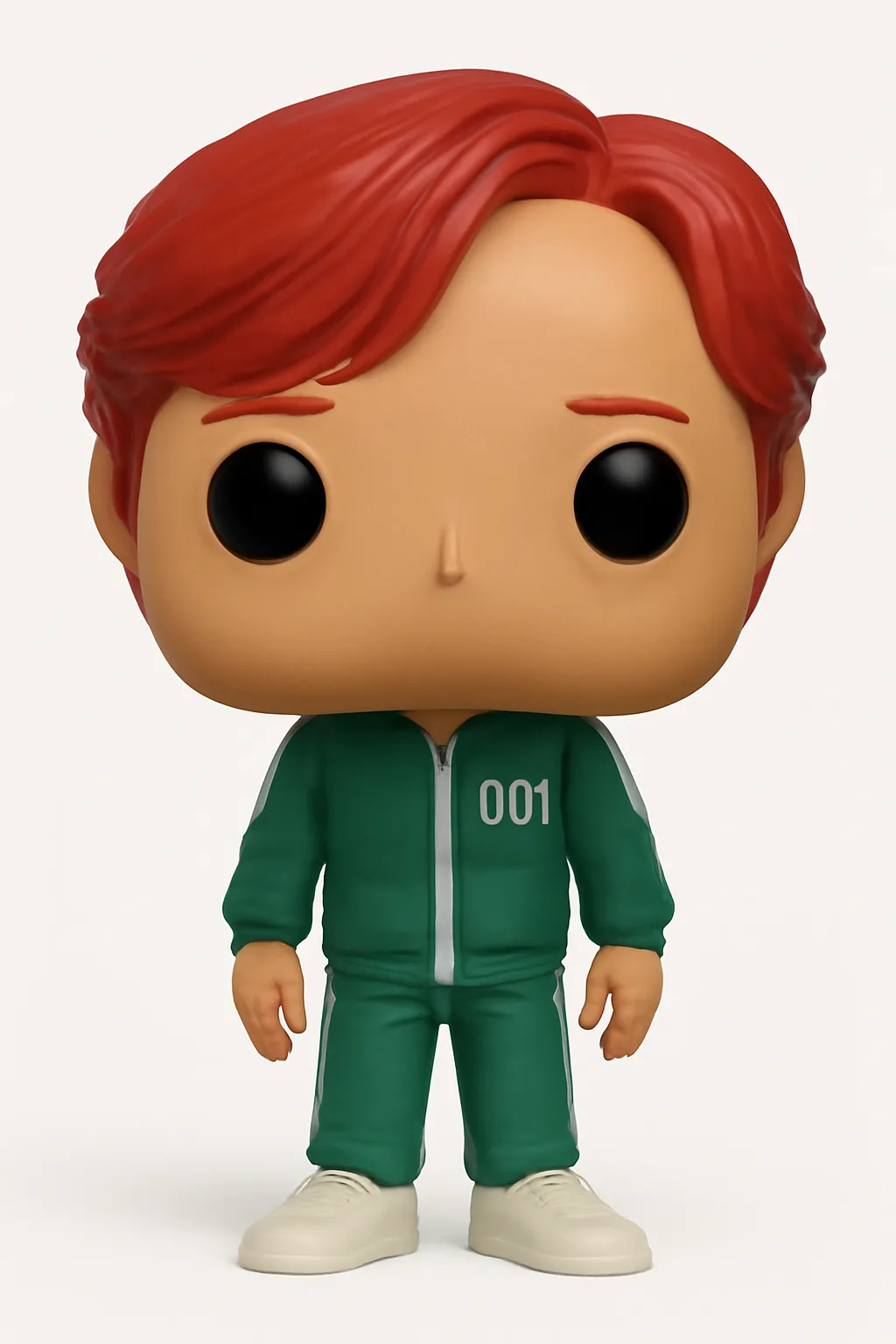Absolutely, I can provide candid, investor-style feedback on your AI-powered productivity tools startup pitch deck. While I haven’t seen your exact deck, here’s what typically raises eyebrows, what excites investors, and where founders often stumble in this space. Use this as a checklist or guide to refine your presentation:
Red Flags (Deal Breakers)
Vague or Overhyped AI Claims
- If you claim “AI-powered” but don’t clearly explain how the AI adds unique value or if it sounds like generic automation, that’s a red flag.
- Avoid buzzwords like “cutting-edge neural nets” without concrete details or results.
- Investors suspect you’re just repackaging existing tech or relying on off-the-shelf models with no defensible innovation.
No Clear Differentiation or Moat
- AI productivity tools is a crowded market. If you can’t explain why users would choose your product over giants (Microsoft, Notion, Grammarly) or specialized startups, investors will doubt your ability to capture and defend market share.
- Lack of IP, proprietary data, unique algorithms, or a strong network effect makes your business easy to replicate.
Unsubstantiated Market Claims
- Overly large or poorly defined Total Addressable Market (TAM) with little credible research.
- Lack of clarity on who exactly your customers are and how you reach them.
- Beware of misusing productivity software market numbers if your tool only targets a small niche.
No Traction or Unrealistic Traction Metrics
- Claims of huge user numbers or revenue early on without verifiable data.
- No engagement metrics (DAU/MAU, retention, LTV) or pilot customers if you’re pre-launch.
- No testimonials, case studies, or partnerships.
Weak Monetization Strategy
- Vague or unrealistic revenue model.
- Free or freemium without a clear path to conversion or scaling.
- No sense of customer willingness to pay or pricing experiments.
Founding Team Lacks Domain or Technical Credibility
- Team bios emphasizing MBA degrees without technical or product expertise.
- No prior startups, relevant AI experience, or deep understanding of productivity workflows.
- Investors bet on teams as much as ideas.
What Gets Attention (Pros)
Clear, Compelling Problem + Unique, Practical Solution
- You articulate a pain point people really feel — e.g., overwhelming inboxes, meeting overload, disorganized workflows.
- Your AI makes a measurable difference (reduces time by X%, improves focus, boosts productivity) with a neat demo or prototype.
Demonstrable Traction
- Early users, pilot programs, or letters of intent with sticky engagement.
- Real metrics: retention 40%+ after 30 days, revenue growth month-over-month, or strong NPS scores.
Technical Differentiation
- Proprietary AI models tailored specifically for productivity (not just language models out-of-the-box).
- Unique data sources, knowledge graphs, or integrations that deepen utility.
Scalable Business Model
- Clear SaaS pricing tiers aligned with customer segments.
- Enterprise partnerships or channels that accelerate growth.
Strong, Complementary Team
- AI researchers with publications or patents.
- Product managers who understand UX and workflow pain points intimately.
- Sales and marketing experience in productivity or SaaS.
Market Timing and Positioning
- Awareness of remote/hybrid work trends and how your tool fits new work norms.
- Clear plan for go-to-market and customer acquisition.
Areas to Improve Before Pitching
Sharpen Your “Why AI?”
- Explain specifically what AI components you use, e.g., NLP for summarization, ML for personalized task prioritization.
- Show why AI leads to better outcomes than rule-based or manual tools.
Make the User Journey Crystal Clear
- Walk me through exactly how a user interacts with your platform step-by-step.
- Show screenshots or a short video to demonstrate value quickly.
Back Up All Claims with Data or Evidence
- Market size backed by credible reports.
- Customer testimonials, pilot results, or beta feedback.
- Show willingness-to-pay data or pricing experiments.
Highlight Competitive Landscape and Your Moat
- Include a competitive matrix honestly mapping features, pricing, and positioning.
- Make clear what barriers you have against incumbents or startups copying you.
Realistic Financials and Milestones
- Growth assumptions grounded in data.
- Clear milestones and use of funds.
- Path to profitability or capital efficiency.
Refine Your Storytelling
- Avoid jargon or complex AI explanations.
- Use a compelling narrative centered on customer impact.
- End with a confident ask and vision.
Final Thought
The AI productivity space is booming but heavily scrutinized. Investors want to fund startups that solve real problems with real innovation — not just blend in the background noise. Focus on demonstrating measurable impact, defensibility, and market fit. Nail that, and you’ll command attention.
If you'd like, I can review an actual deck or sections of your pitch to tailor feedback even more sharply.
Inputs used
Pitch Feedback Simulator
Prompt body












